Lesson Overview
| Overview | Activity Objectives | |
| Opening Activity | Learners will play body clock game, which will introduce the concept of time and reinforce the understanding of numbers from 1 to 12. |
|
| Main Activity | Learners will explore different timelines on Thinglink and solve puzzles/challenges related to time. |
|
| Closing Activity | Learners will apply their understanding of time to create their daily schedule in the form of a timeline. |
|
Prior Knowledge
Learners should be able to:
- Count numbers.
Lesson Objectives
- Solve different challenges on CoSpaces and, in the process, learn about time.
- Create a timeline.
Learning Outcomes
Learners will be able to:
- Identify and label the different parts of an analog clock, and describe their functions in displaying time.
- Read and write time on an analog clock, and represent it in digital format.
- Differentiate between A.M. and P.M. and apply this understanding to daily routines and scheduling activities.
- Utilize their time-telling skills to solve real-life problems and situations, including creating their daily schedules as a timeline.
Resources
Pre-lesson Preparation
- Like all lessons on Eddy, this lesson follows a certain approach. If this is your first time implementing an Eddy lesson, check out our lesson approach for more information.
- Prepare necessary technology/hardware in advance
- Devices (tablets/laptops/Chromebooks/computers) - one per team
- A stable wifi connection.
- Access to ThingLink on each device.



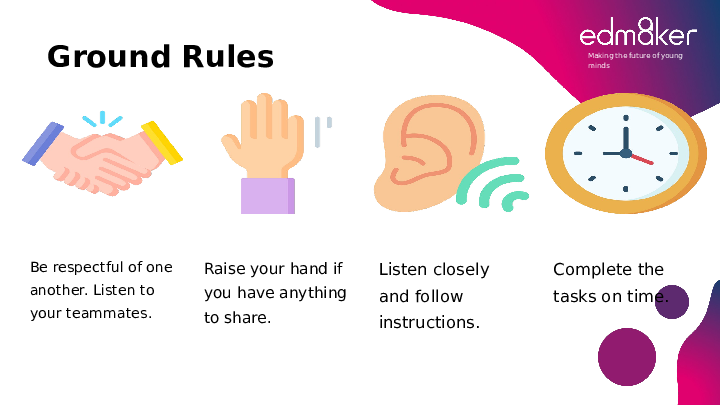
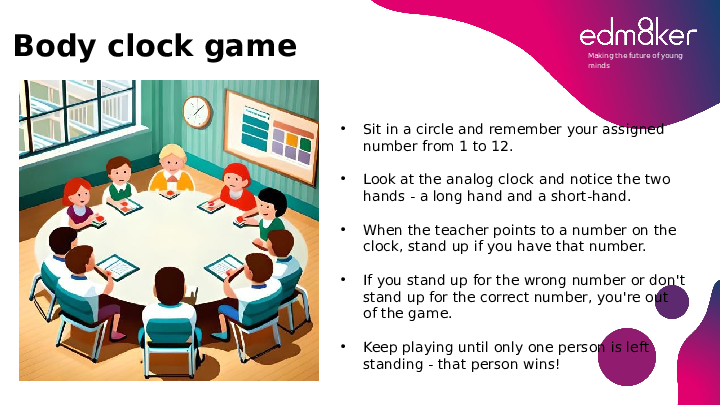
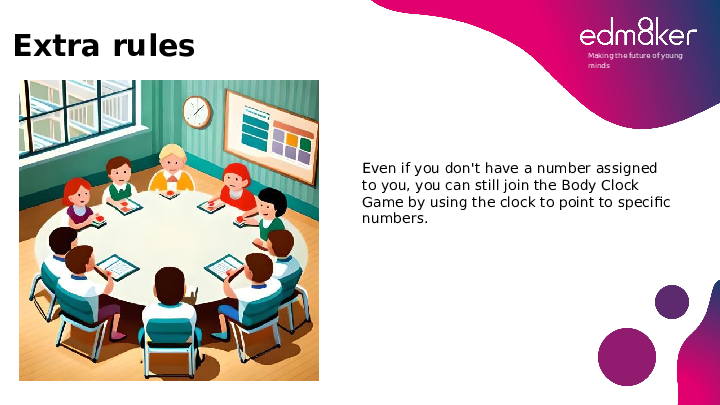



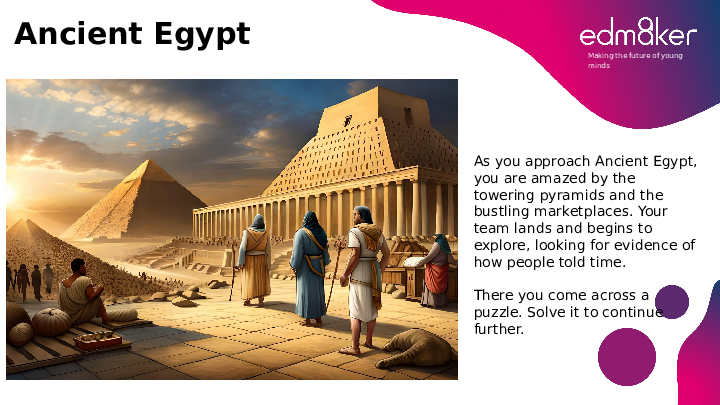
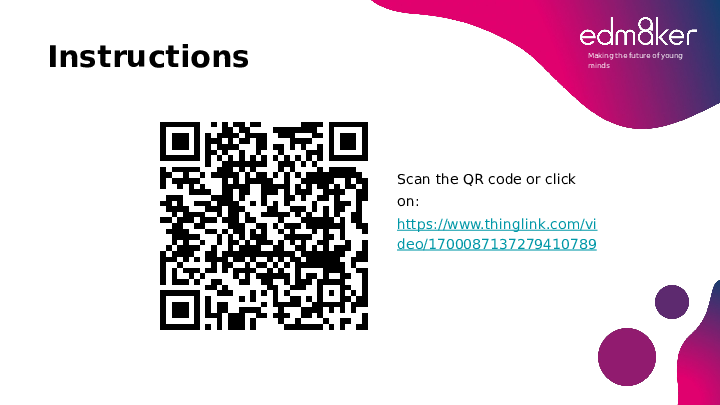
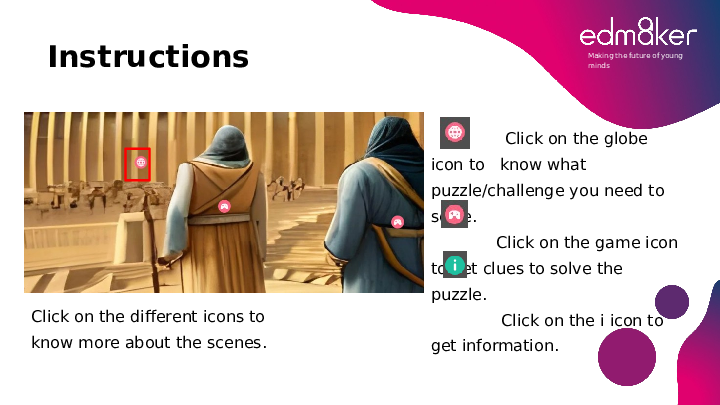

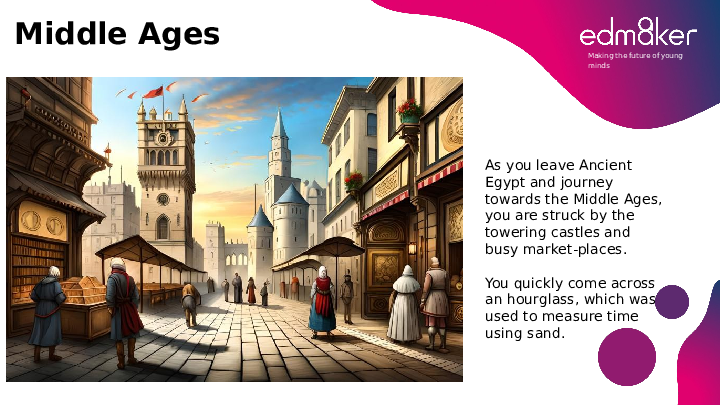
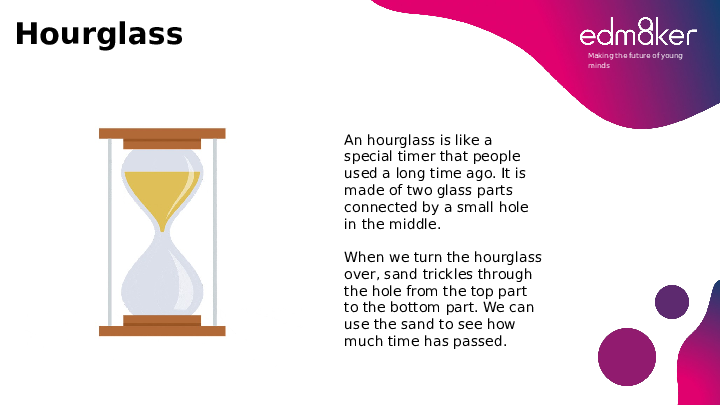

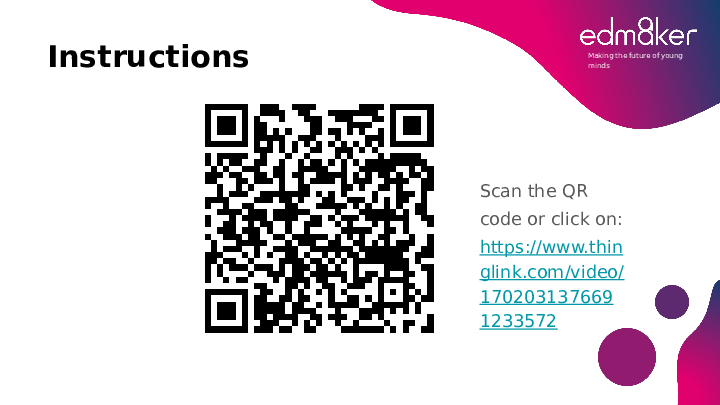
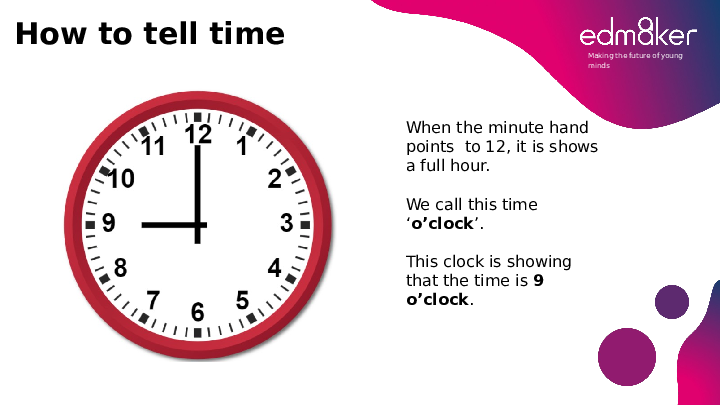
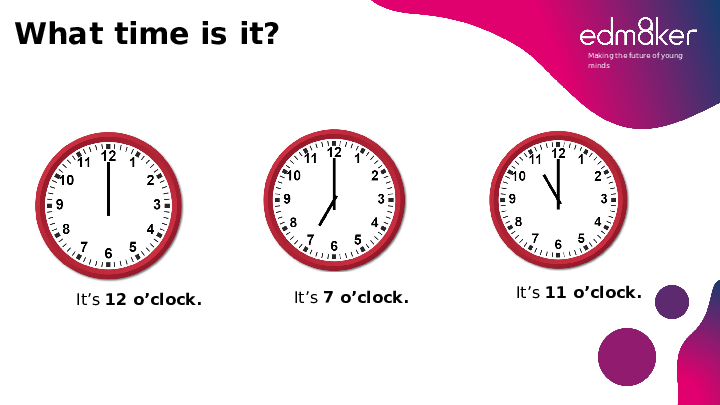
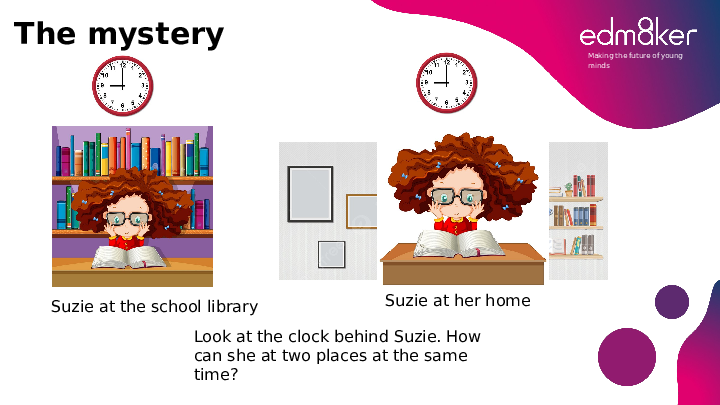
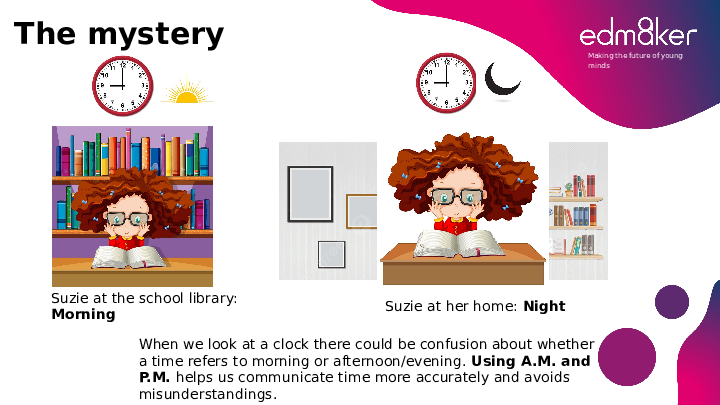
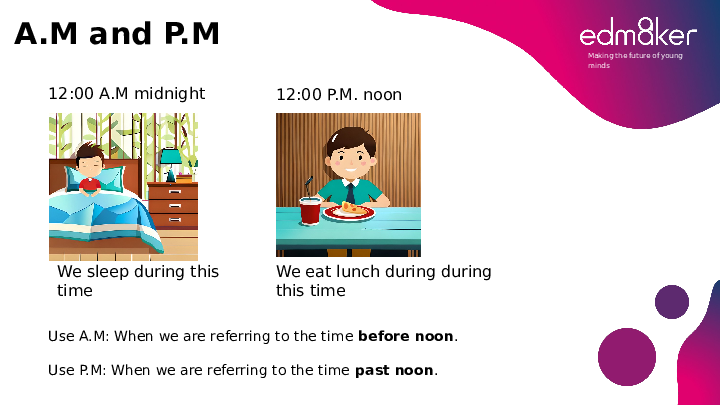




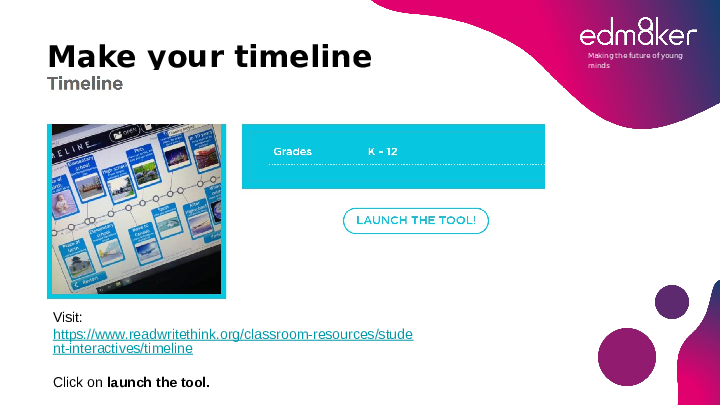
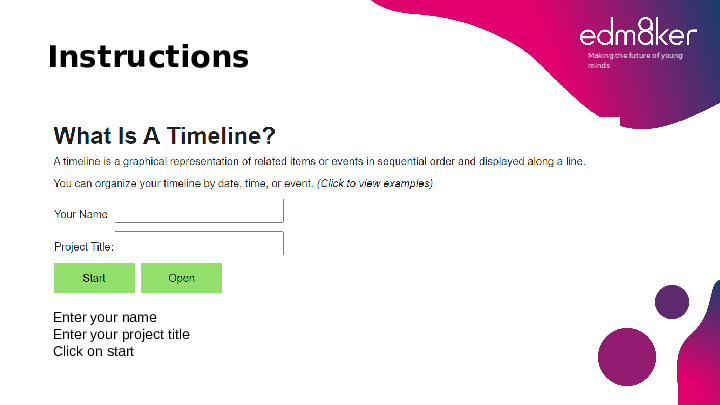
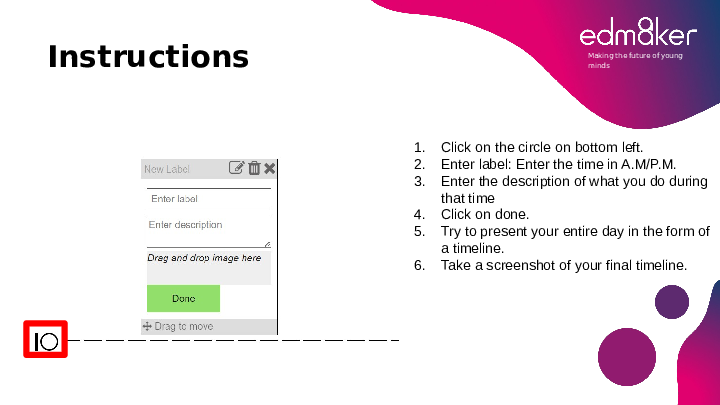







This lesson will introduce 2nd-grade learners to time! Through Thinglink, learners will act as time travelers and explore different timelines while developing their time-telling skills. Learners can read and write time on analog and digital clocks by engaging in interactive and fun activities.